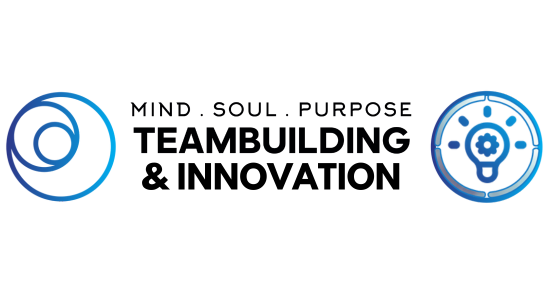
The complexity of team building
Nowadays, the majority of individuals find themselves working in a team setting and are confronted daily with the joys and frustrations associated with this type of work. In many situations, teamwork provides a positive and productive experience for employees (Katzenbach and Smith, 1993).
Indeed, the synergy of the individuals allows the collaboration, the exchange of skills and collective support. However, teamwork can raise issues related to lack of autonomy, the creation of tension between employees or the constant need for communication. Thus, team building is a complex challenge that involves understanding differences in communication styles, management systems, or decision-making (Katzenbach and Smith, 1993).
Since the 70s, the science of developing high-performing teams has been studied in the work of Richard Hackman and in recent studies by Google (2012). These different works have put forward criteria essential to the establishment of an effective and resilient team. Among these many points, the following criteria are convergent:
Effective, transverse and inclusive communication
Complimentary personalities
A common vision
Continuous monitoring of these three criteria allows team managers to target the achievement of the “perfect” team. For several years, there has been a democratization of actions to stimulate these criteria as witnessed by the explosion of team building activities. Team hikes, community challenges, paintball days, the number of activities keeps increasing.
Yet, despite the implementation of these strategies in organizations, many teams continue to face the same challenges of communication, creativity and decision-making.
The author Kate Mercer (2016) questioned the relevance of these activities in the creation of quality teams. A major limitation was that the majority of team-building activities missed their goal by offering social entertainment activities, while the team needed activities that highlighted the ability to solve team problems, creativity, collective intelligence or enhancement of the skills of individuals.
Thus, while happiness is a vector of appreciation of the workplace, it is not a vector for the creation of efficient teams. Team building activities aimed at socializing the working environment therefore fail to meet the main criteria of a successful team: communication; complementary personalities; a common vision.
In this complex decision-making framework for leaders and managers, MSP offers an innovative approach to team building that meets the criteria previously outlined.
MSP takes advantage of the meshing forces of music by offering activities where the teams will write, compose and record a group song.
This innovative approach joins the three fundamental components to the creation of efficient teams:
- Communication: singing, by definition, is a unifying, playful and relaxing means of communication;
- Complementary personalities: introvert, extrovert, leader, follower, the different personalities reveal themselves and come forward during the activity;
- A shared vision: the common goal of producing a song representing both the team and the company allows us to have a clear vision of the group.
Needless to say that MSP proves to be part of a new movement where team building supports the creation of efficient, resilient and inclusive teams.
References:
Jon Katzenbach and Douglas Smith, in their groundbreaking 1993 HBR article, The Discipline of Teams
Hansen R. (2016). Mastering the Art of Teams and Team Building: 10 Tips for Top-Quality Teamwork
Duhigg C. (2016). What Google learned from its quest to build the perfect team
Mercer K. (2016). A Buzz In The Building: How to Build and Lead a Brilliant Organization. SRA Books, 152 p.






